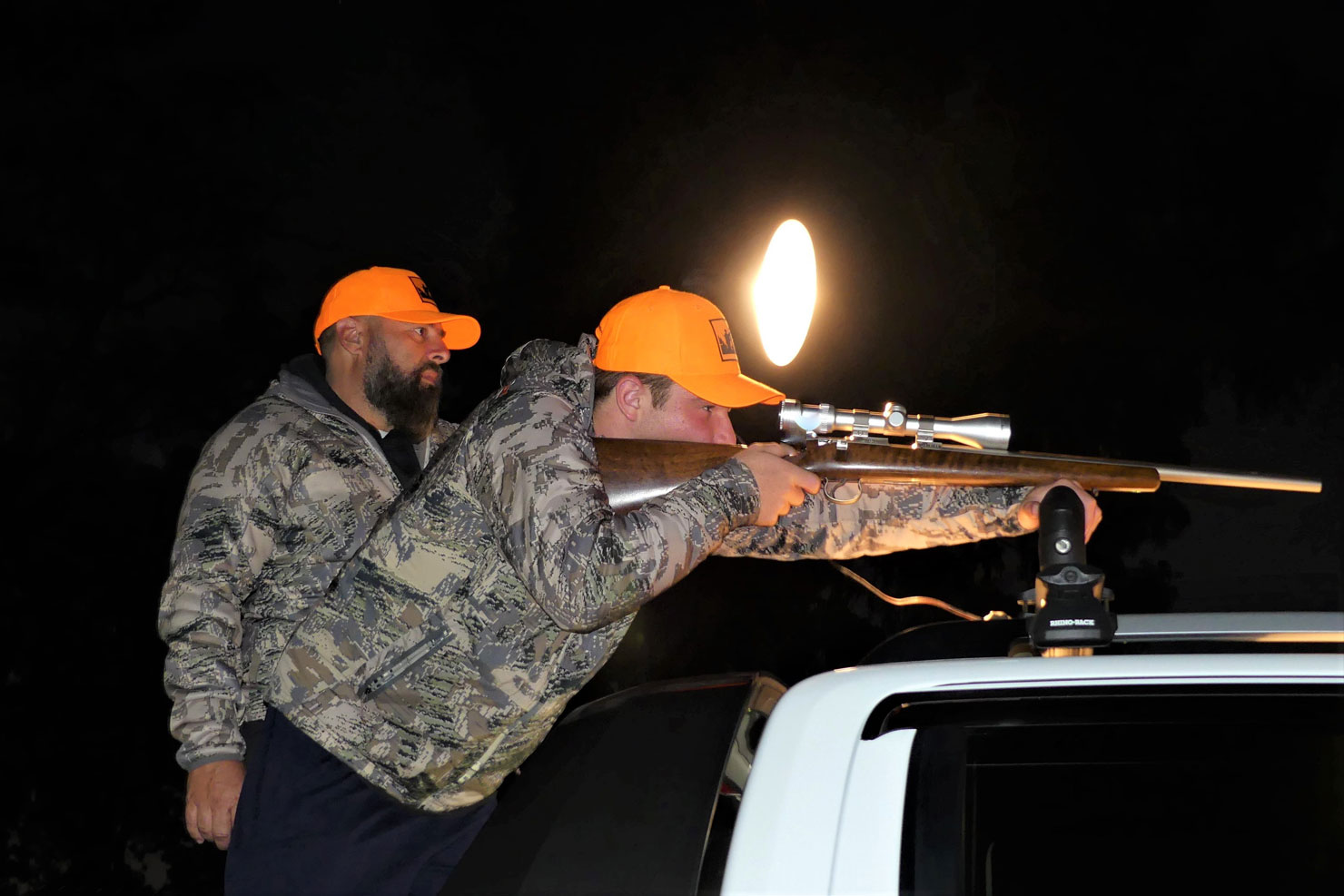(Transatlantic Today) —Spotlighting, a practice involving the use of artificial light sources such as spotlights, infrared devices, night vision, or thermal imaging tools, has gained attention due to its controversial nature. While it might sound like a harmless activity, spotlighting has significant legal and ethical implications, particularly in the context of hunting animals. In this article, we delve into the various aspects of spotlighting, its legality for different purposes, the potential dangers it poses, and the consequences of illegal spotlighting.
The Darkness of Legality: Is Spotlighting Legal for Recreational Hunting?
The central question that often arises is whether spotlighting is legal for recreational game hunting. The answer is a resounding no. Using spotlights to hunt game species like deer, ducks, Stubble Quail, or other game birds during the night is strictly prohibited. The prohibition extends to all game species, emphasizing the importance of not engaging in nighttime hunting activities.
Why Is Spotlighting Illegal?
The reasons for this prohibition are multifold. Firstly, hunting at night raises safety concerns. The darkness introduces risks for both hunters and wildlife, increasing the likelihood of firearm-related incidents. These incidents can lead to injuries to individuals, harm to animals, and damage to property. Additionally, hunting during the night disrupts the natural behavior of animals, making it an unethical practice that goes against the principles of fair chase and conservation.
The Twilight Zone: Spotlighting for Pest Animals
While recreational hunting at night is off-limits, there are scenarios in which spotlighting is permissible. Pest animals, which include non-indigenous species like rabbits, hares, foxes, pigs, goats, feral cats, and wild dogs, can be hunted using spotlights on private property and certain public lands that are not recognized as deer habitats. This approach aims to manage the population of these invasive species, which can wreak havoc on ecosystems and agricultural assets.
However, it’s essential to note that spotlighting pest animals requires adherence to specific guidelines and permissions. The goal is to balance the control of pest species with ethical and responsible hunting practices, minimizing negative impacts on the environment and other wildlife.
When Crops Suffer: Spotlighting for Asset Protection
A significant exception to the recreational hunting prohibition arises when game animals cause damage to crops or other assets. In such cases, spotlighting can be employed as a means of control. This isn’t recreational hunting but rather a strategy for managing the impacts of wildlife on agricultural resources. Legal provisions, such as the Wildlife Act 1975, grant permission for controlled spotlighting in these circumstances.
The aim here is not to engage in sport but to safeguard agricultural investments and prevent significant economic losses. Permissions are granted under specific conditions, ensuring the practice is targeted, controlled, and responsible.
Guidelines for Legal Spotlighting
Understanding the legal boundaries of spotlighting is crucial to avoiding legal repercussions. Here are instances where spotlighting is legally allowed:
- Landowners and their Agents: Landowners, like farmers or their authorized agents, can control problem deer causing property damage in accordance with an unprotection order issued under the Wildlife Act 1975
- Authority to Control Wildlife: Individuals operating under an Authority to Control Wildlife or similar authorization can use spotlights for wildlife control
- Private Property Pest Hunting: Spotlighting pest animals on personal property with the landowner’s permission is allowed
- Recognized Deer Habitat: Spotlighting for pest animals is limited to private property or within 250 meters outside the boundary of private property on Crown land in recognized deer habitat. However, possessing a spotlight and firearm during specific hours in this habitat is an offense
- Outside Recognized Deer Habitat: Pest animal hunting under a spotlight is permitted on Crown land that allows pest hunting, such as State Forests, outside recognized deer habitat
The Dark Side: Consequences of Illegal Spotlighting
Engaging in illegal spotlighting can have serious consequences. Individuals caught hunting at night, spotlighting game, or possessing spotlights and firearms in recognized deer habitat may face hefty fines exceeding $3,600. Additionally, law enforcement can seize equipment, including firearms, spotlights, and vehicles. Furthermore, the violator’s Game and Firearm Licenses could be revoked, impacting their ability to engage in legal hunting activities in the future.
Final Words: Why Is Spotlighting Illegal?
Spotlighting, a practice with the potential for harm, must be approached with careful consideration of its legal and ethical implications. While some scenarios allow spotlighting for specific purposes, the overarching principle is the responsible management of wildlife and the environment. By understanding the guidelines, seeking permissions, and adhering to the laws, hunters, and landowners can contribute to sustainable wildlife management while avoiding the darkness of illegal spotlighting.


























